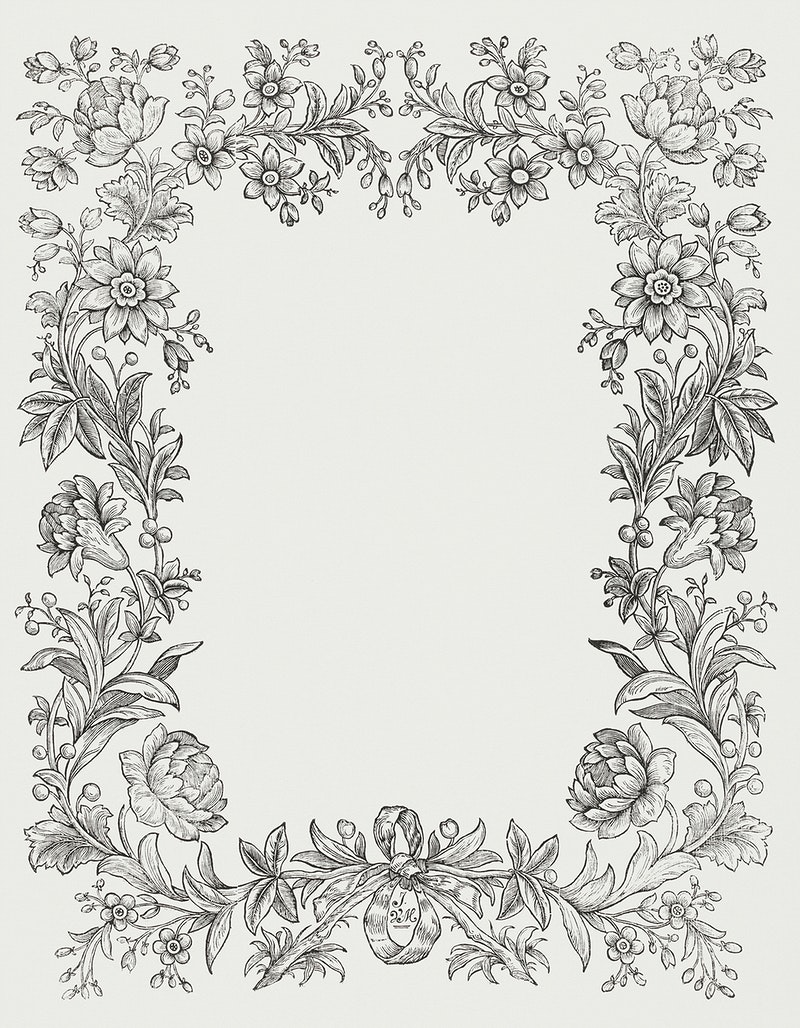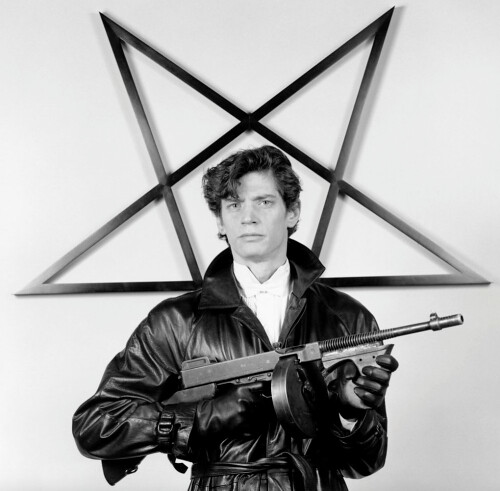

On the morning of March 9, 1989, the light that was Robert Mapplethorpe’s life dimmed at the hands of his three-year struggle with AIDS.
The controversial photographer has long been a giant in the art scene of the 70s and 80s, known to focus on nudes, portraits, and, toward the later years of his life, flowers. His works and life have sparked best-selling memoirs, worldwide exhibitions, a foundation in his name, and, at one point, the attention of the U.S. Congress and the nation, when his work was considered too obscene to be shown in federally-funded art galleries.
Today, it’s likely this name may not ring a bell to generations born after his death. Yet, the winding story of his life and the prolific collection of his photographs still stand as some of the most influential and groundbreaking pieces of art in the past century.
Influenced by Joseph Cornell and Marcel Duchamp, the artist first started drawing and painting in 1963, while studying at the Pratt Institute in New York. But the fire that lit his flame didn’t appear until 1967, when a young and homeless Patti Smith, known as the “Godmother of Punk Rock” today, moved to the city. The two then began an intimate relationship with each other and the New York art scene, when his sexuality was not yet fully recognized.
Mapplethorpe mostly spent his time making collages, but as he evolved, so did his work, and by the time the 70s came around, he was focused on black and white photography almost strictly depicting people. His work wove between intimate self-portraits and the unknown corners of the gay community, portraits of celebrities such as Andy Warhol and Debbie Harry, and into photographic studies of form with bodybuilder Lisa Lyon. He photographed every part of humanity, from the soul and heart to sexuality and body.
All of his work is significant, but his self-portraits take a truly special glimpse at the breath of an artist. In one of his self-portraits from 1980, we can see a dressed up Mapplethorpe in drag, revealing the parts of himself once hidden beneath the skin. His sexuality became a pinpoint of his work and not a hidden complex of his heart. In 1985, he posed in devil horns and glared into the camera, a representation of his Christian childhood. One of his most well-known works, however, didn’t come to fruition until 1988, when one of his self-portraits depicted him staring solemnly at the camera with a skull walking cane he held in the forefront of the frame. It’s a work full of depth, as Mapplethorpe knew at the time he was dying of AIDS and was coming to terms with the fact. A year later, the predicted death would come true, and the output of his photography came to a halt.
Looking through Mapplethorpe’s catalog of work, it is clear that his photographs capture much more than just black and white aesthetics. His work is raw and personal, his nudes and portraits revealing the souls of both the model and Mapplethorpe himself. He divulges the inner workings of body and mind in an unapologetically vulnerable light. His death came at a time when the gay community and world of photography were still trying to grasp the true impact they had, and his work will forever live on as some of the most important and beautiful photography of its time.
“Much has been said about Robert, and more will be added. Young men will adopt his gait. Young girls will wear white dresses and mourn his curls. He will be condemned and adored. His excesses damned or romanticized. In the end, truth will be found in his work, the corporeal body of the artist. It will not fall away.” Patti Smith, from her memoir, “Just Kids.”
